Chlorhexidine

Chlorhexidine structure
|
Common Name | Chlorhexidine | ||
|---|---|---|---|---|
| CAS Number | 55-56-1 | Molecular Weight | 505.447 | |
| Density | 1.4±0.1 g/cm3 | Boiling Point | 591.7±60.0 °C at 760 mmHg | |
| Molecular Formula | C22H30Cl2N10 | Melting Point | 134-136 °C(lit.) | |
| MSDS | Chinese USA | Flash Point | 311.6±32.9 °C | |
| Symbol |



GHS07, GHS08, GHS09 |
Signal Word | Danger | |
Use of ChlorhexidineChlorhexidine is an antibacterial used as an antiseptic and for other applications.Target: AntibacterialChlorhexidine belongs to a group of medicines called antiseptic antibacterial agents. It is used to clean the skin after an injury, before surgery, or before an injection. Chlorhexidine is also used to clean the hands before a procedure. It works by killing or preventing the growth of bacteria on the skin. |
| Name | chlorhexidine |
|---|---|
| Synonym | More Synonyms |
| Description | Chlorhexidine is an antibacterial used as an antiseptic and for other applications.Target: AntibacterialChlorhexidine belongs to a group of medicines called antiseptic antibacterial agents. It is used to clean the skin after an injury, before surgery, or before an injection. Chlorhexidine is also used to clean the hands before a procedure. It works by killing or preventing the growth of bacteria on the skin. |
|---|---|
| Related Catalog |
| Density | 1.4±0.1 g/cm3 |
|---|---|
| Boiling Point | 591.7±60.0 °C at 760 mmHg |
| Melting Point | 134-136 °C(lit.) |
| Molecular Formula | C22H30Cl2N10 |
| Molecular Weight | 505.447 |
| Flash Point | 311.6±32.9 °C |
| Exact Mass | 504.203186 |
| PSA | 167.58000 |
| LogP | 4.58 |
| Vapour Pressure | 0.0±1.7 mmHg at 25°C |
| Index of Refraction | 1.659 |
| Stability | Stable. Incompatible with strong oxidizing agents. |
| Water Solubility | 0.08 g/100 mL (20 ºC) |
CHEMICAL IDENTIFICATION
HEALTH HAZARD DATAACUTE TOXICITY DATA
MUTATION DATA
|
| Symbol |



GHS07, GHS08, GHS09 |
|---|---|
| Signal Word | Danger |
| Hazard Statements | H315-H319-H334-H335-H410 |
| Precautionary Statements | P261-P273-P305 + P351 + P338-P342 + P311-P501 |
| Personal Protective Equipment | dust mask type N95 (US);Eyeshields;Faceshields;Gloves |
| Hazard Codes | Xi:Irritant |
| Risk Phrases | R36/37/38;R51/53 |
| Safety Phrases | S26-S36/37-S60-S61 |
| RIDADR | UN 3077 9/PG 3 |
| WGK Germany | 3 |
| RTECS | DU1925000 |
| Packaging Group | III |
| Hazard Class | 9 |
|
The role of matrix metalloproteinases and cysteine-cathepsins on the progression of dentine erosion.
Arch. Oral Biol. 60 , 1340-5, (2015) To evaluate in vitro the effect of the inhibition of endogenous dentinal enzymes (matrix metalloproteinases-MMPs and cysteine cathepsins-CCs) on dentine erosion.Dentine blocks (4mm×4mm×2mm) from sound... |
|
|
Evaluation of preventive programs in high caries active preschool children.
Swed. Dent. J. 37(1) , 23-9, (2013) Although caries prevalence in preschool children has dramatically decreased during the last decades it is still a large problem for a minor group of these children. Great efforts have been invested in... |
|
|
The EpiOcular Eye Irritation Test (EIT) for hazard identification and labelling of eye irritating chemicals: protocol optimisation for solid materials and the results after extended shipment.
Altern. Lab. Anim. 43 , 101-27, (2015) The 7th Amendment to the EU Cosmetics Directive and the EU REACH Regulation have reinforced the need for in vitro ocular test methods. Validated in vitro ocular toxicity tests that can predict the hum... |
| N,N''''-1,6-Hexanediylbis[N'-(4-chlorophenyl)(imidodicarbonimidic diamide)] |
| (1E)-2-[6-[[amino-[(E)-[amino-(4-chloroanilino)methylidene]amino]methylidene]amino]hexyl]-1-[amino-(4-chloroanilino)methylidene]guanidine |
| N,N''''-hexane-1,6-diylbis[N'-(4-chlorophenyl)(imidodicarbonimidic diamide)] |
| Clorhexidina |
| Tubulicid |
| Imidodicarbonimidic diamide, N,N''''-1,6-hexanediylbis[N'-(4-chlorophenyl)- |
| Peridex |
| chlorohexidine |
| Chlorhexidinum |
| Rotersept |
| EINECS 200-238-7 |
| 2,4,11,13-Tetraazatetradecanediimidamide, N,N''-bis(4-chlorophenyl)-3,12-diimino- |
| Chlorhexidine base |
| Chlorhexidin |
| Sterilon |
| Hibiclens |
| Hexadol |
| MFCD00009673 |
| 1,1'-Hexamethylenebis[5-(4-chlorophenyl)biguanide] |
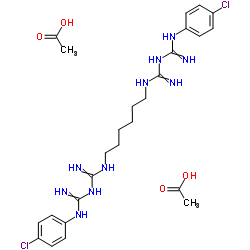 CAS#:56-95-1
CAS#:56-95-1 CAS#:15894-70-9
CAS#:15894-70-9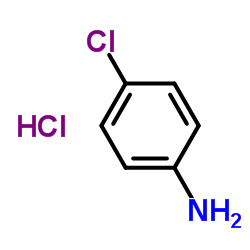 CAS#:20265-96-7
CAS#:20265-96-7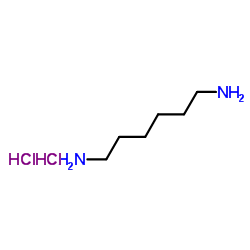 CAS#:6055-52-3
CAS#:6055-52-3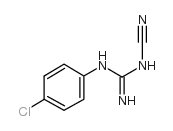 CAS#:1482-62-8
CAS#:1482-62-8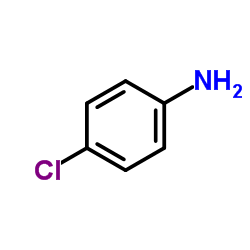 CAS#:106-47-8
CAS#:106-47-8
